The Dutch company Lightyear has released what it says is the world's first solar car ready for production Lightyear 0 is a family car with a built-in 5 square meter solar panel, which can generate up to 70 kilometers of charging free mileage every day.

After expanding the number of employees to 500 and reaching agreements with more than 100 suppliers, Lightyear is very serious about this business and is ready to start production. Its first car was this four door, fast back electric car, which had enough on-board batteries to drive 560 kilometers at a speed of 110 km / h on the highway - even without sunlight.
This is a very impressive figure; In the wltp test, Lightyear 0 provides a range of 625km, which is nearly 4% higher than Tesla's model 3 long range all wheel drive. Lightyear said that it has developed the most efficient electric drive system in history. These endurance data come from a battery pack of only 60 kilowatt hours. For comparison, it is said that the model 3 long range all drive version uses an 82 kilowatt hour battery pack.
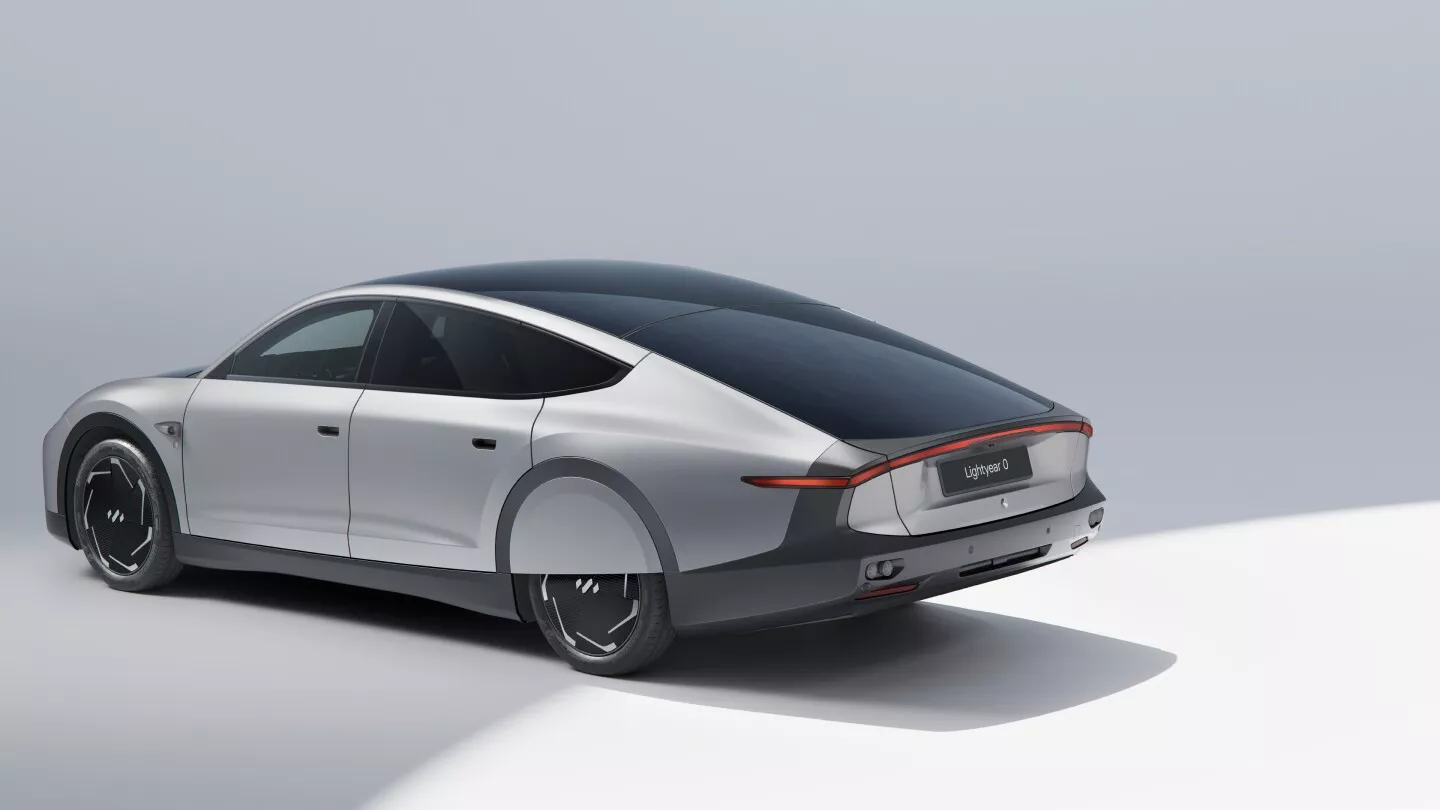
Therefore, even though the wltp range is quite different from the expectations of the company in the high-speed test in February, Lightyear still uses less batteries to pull out more mileage than Tesla, and only uses 10.5 kwh per 100 km when driving at the speed of 110 km / h on the highway. Part of the reason is the low drag. Lightyear says that the drag coefficient of 0 is 0.19, which makes it the most aerodynamic family car in history. Part of it comes from specially developed Bridgestone tires designed to reduce rolling resistance.
But part of the reason also comes from the deliberate attention to efficiency, but this sacrifices some performance: the acceleration time of 100km takes 10 seconds, and the maximum speed is only 160km / h. For comparison, the Tesla Model 3 long range all wheel drive allows the driver to accelerate 100 kilometers in 4 seconds, with a maximum speed of 233 kilometers per hour. But Lightyear is not interested in this.
But it will spend much less time on the charger. In addition, under ideal conditions, the solar panels covered on the hood and the fast back roof can provide continuous trickle charging of up to 1.05 kW. In a full summer day, Lightyear said that this can provide power for driving 70 kilometers.
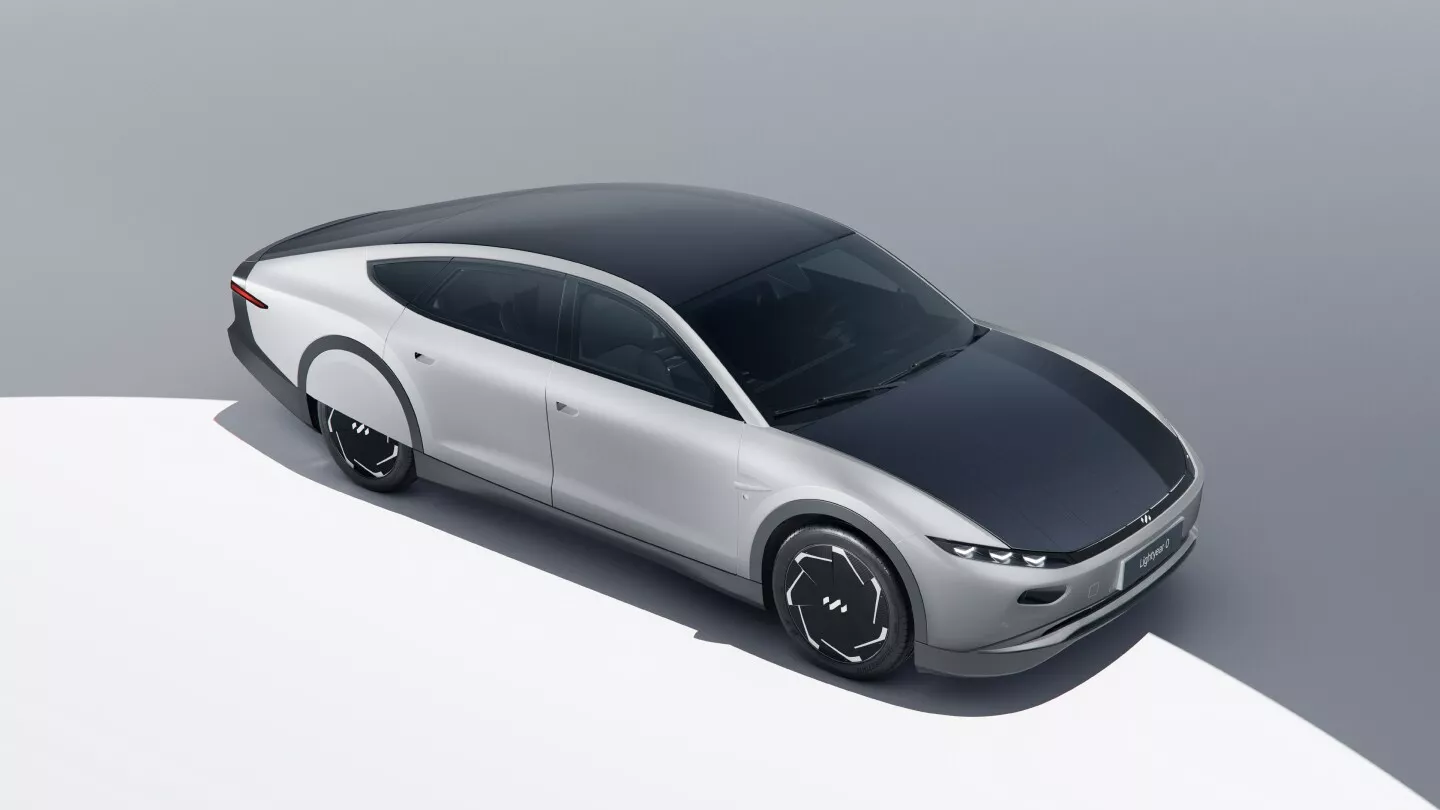
Lightyear points out that if the driver's daily commute is less than 50 kilometers, he can run the car for several months and drive thousands of kilometers before he needs to plug in the power.
Solar charging can contribute 10 kilometers per hour. On the home plug, it can charge at a speed of 32 km / h. in places with infrastructure, it can charge at a speed of up to 520 km / h.
The rest of the car looks pretty good: five seats, plenty of luggage space, vegan interiors made of vegetable leather, recycled PET bottles and rattan palm look beautiful enough. In addition, there is a 10.1-inch touch screen to handle navigation and infotainment systems, and it looks quite comfortable.
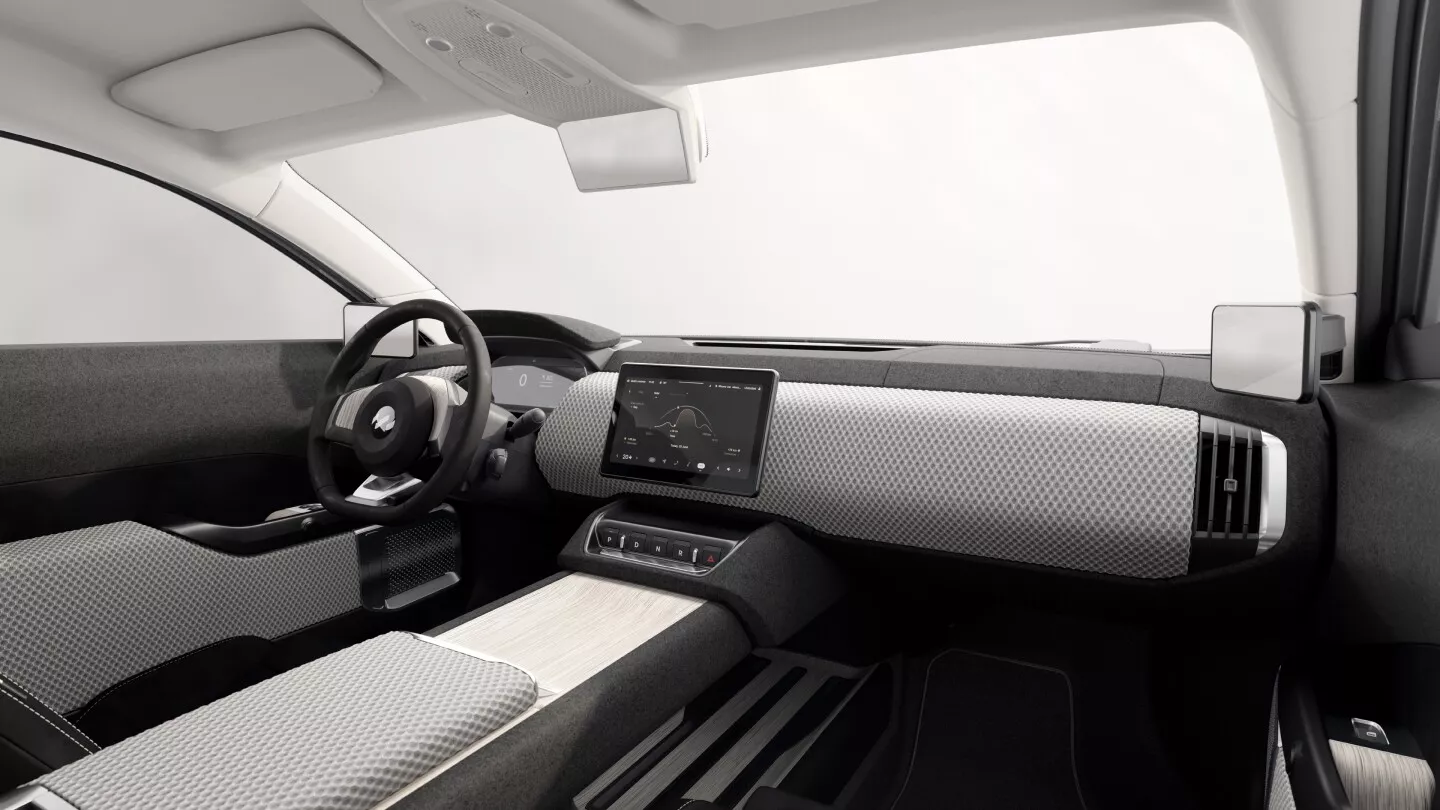
However, it is worth noting that the above solar charging figures assume that the system operates at its absolute peak value, and anyone who operates rooftop solar can tell you that this is rarely the case. Therefore, in a year's time, it will be very attractive to understand the working conditions of this thing in the real world.

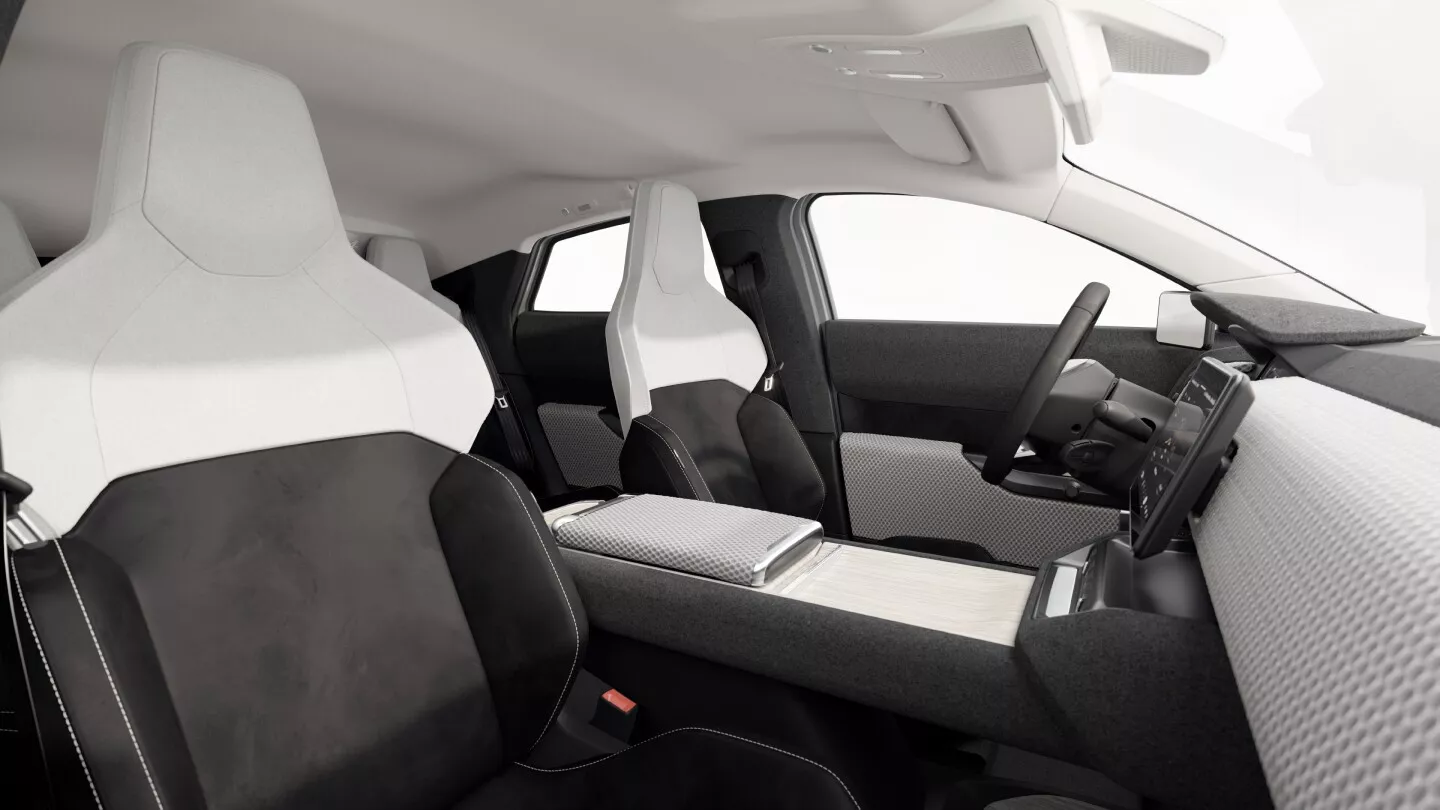

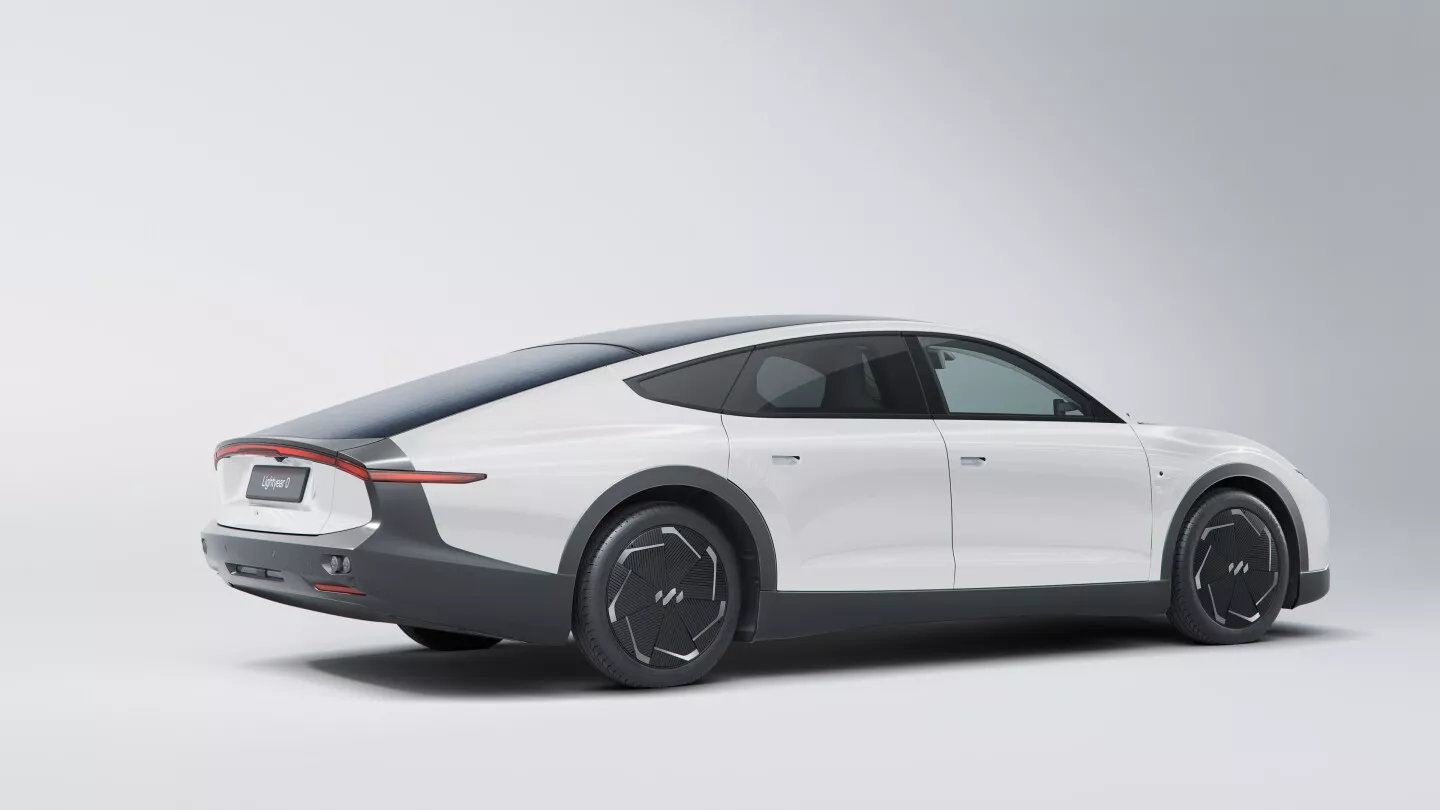
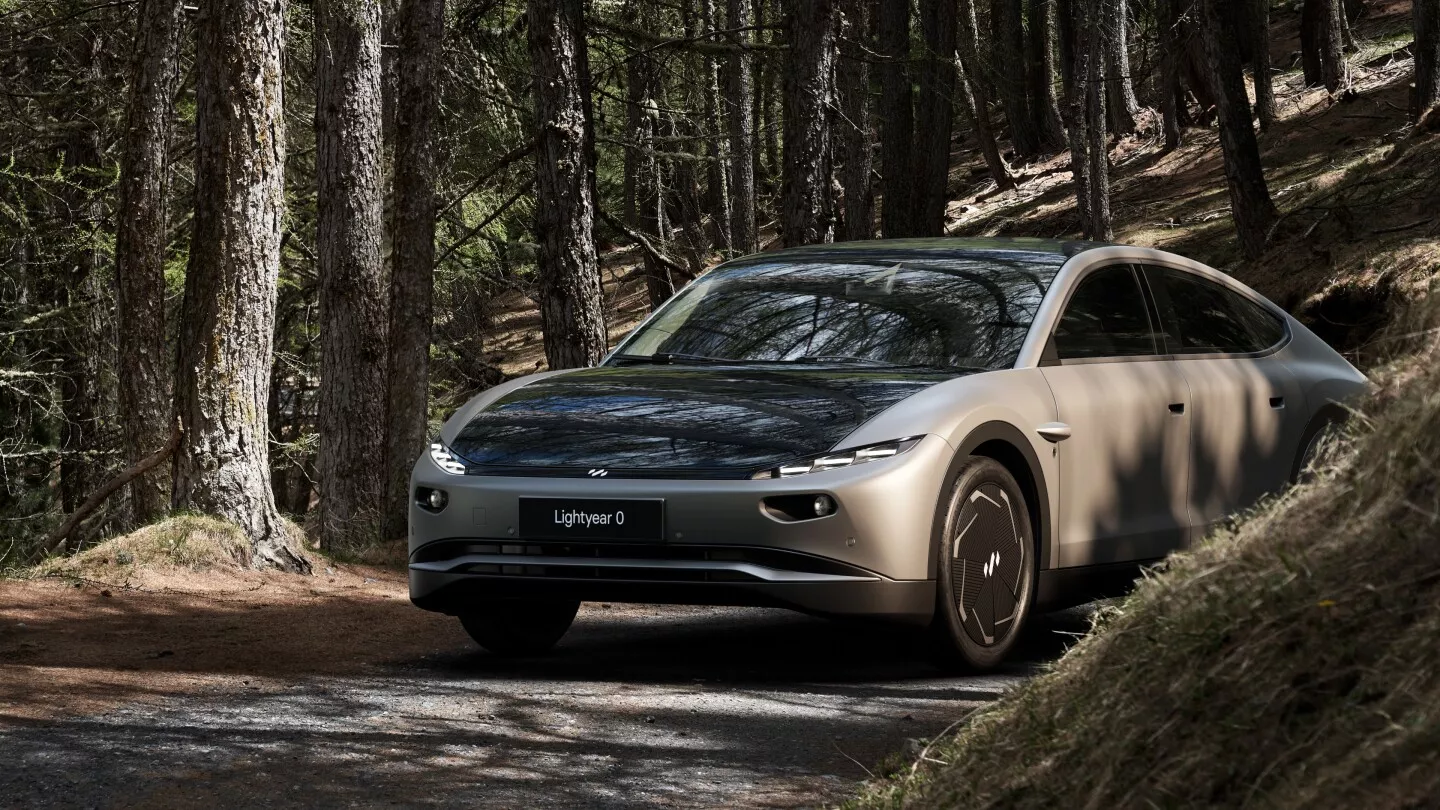
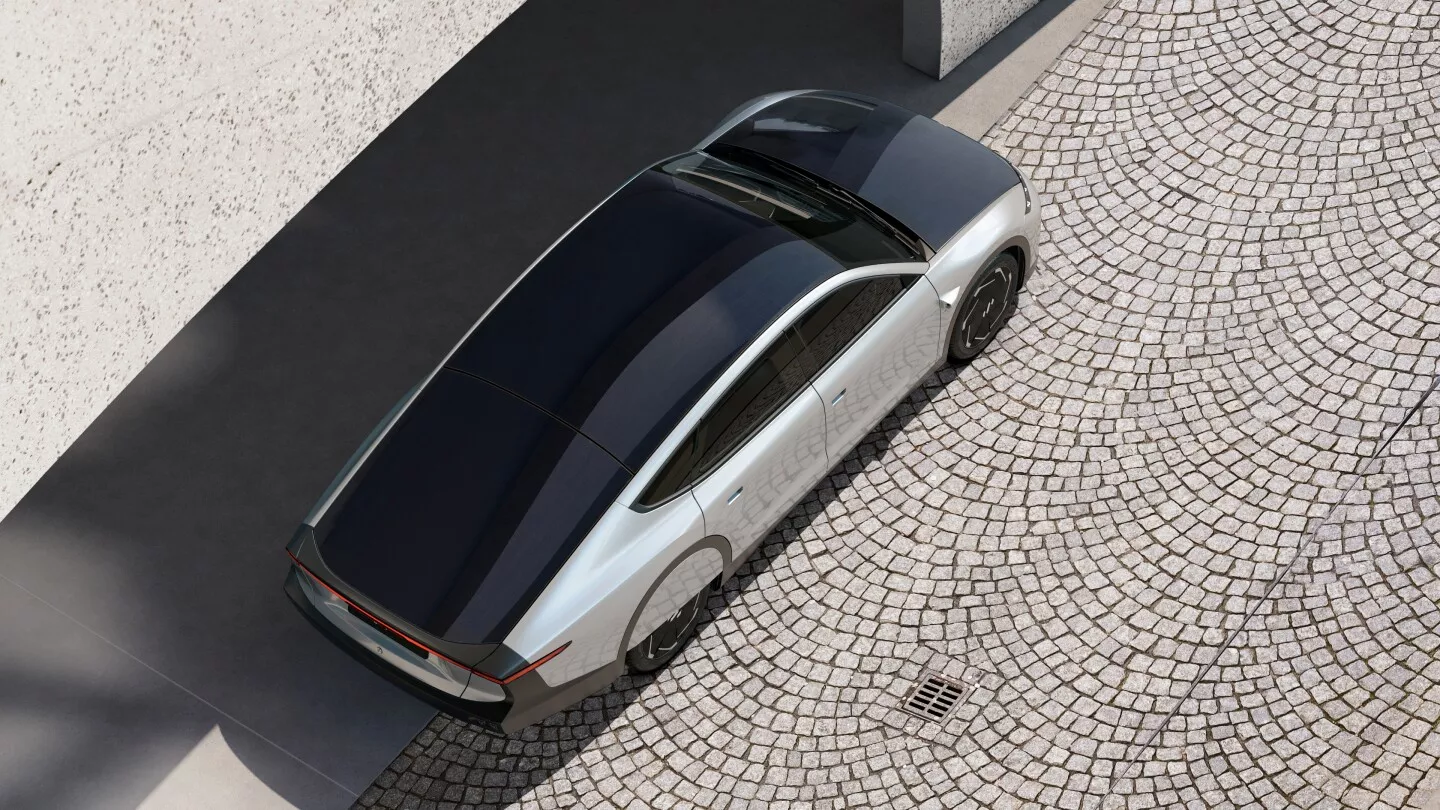
As for the price, Lightyear 0 is really not low. It costs 250000 euros. It is reported that the company only plans to manufacture 946 vehicles, which will be delivered in November. If they are sold, Lightyear said that it will build and prepare to produce a solar car with a starting price of 30000 euros for people. Its target production date is around the beginning of 2025.